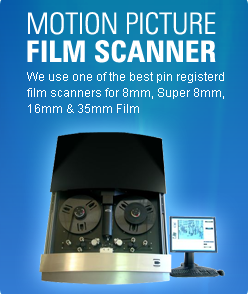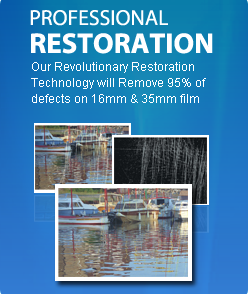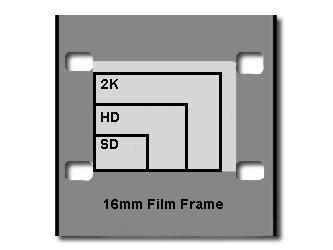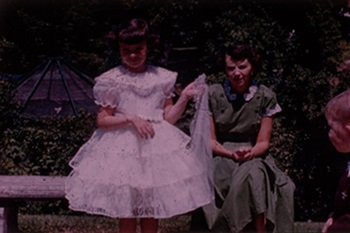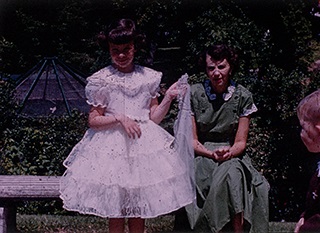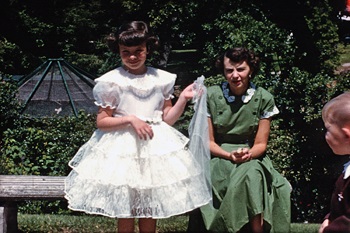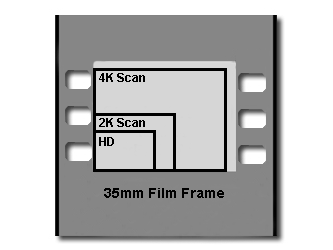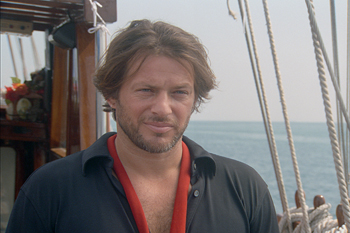
Some customer in Overland Park may be wondering just how much information is actually on film!! That's a good question. Film is an analogue source, like a painting. There is a certain resolution needed to faithfully capture all the details in a digital form. The following images are a simplification to illustrate some general points and are not exact.
In general it is recommended that you scan at or above the resolution of the film. For 8mm and Super 8 that means scanning at HD or 2K.
16mm Film Overland Park |
|
Process Comparison
|
|
Pro SD Scan
|
|
Pro HD Scan
|
|
Pro 2K Scan
|
|
35mm Film |
|
Process Comparison
|
|
Pro HD Scan
|
|
Pro 2K Scan
|
|
Pro 4K Scan
|
|
Overland Park Fun Facts: The city was named 2001's second-best city in America to live by Business Development Outlook magazine, "One of the Best Places to Live and Work" in 2005 by Expansion Management magazine, and one of the top six cities on Money Magazine’s 2006 annual list of "America’s Best Places to Live". Overland Park is one of Kansas' most populous cities. Located in Johnson County just 13 miles southwest of Kansas City, Overland Park is surrounded by several major highways including Interstates I-35, I-70, I-435, I-635, and I-670; and U.S. Routes 50, 56, and 69.
Kansas Fun Facts: Frank Baum’s classic children’s book The Wizard of Oz. Kansas, situated on the American Great Plains, became the 34th state on January 29, 1861. Its path to statehood was long and bloody: After the Kansas-Nebraska Act of 1854 opened the two territories to settlement and allowed the new settlers to determine whether the states would be admitted to the union as “free” or”slave,” North and South competed to send the most settlers into the region. This quickly led to violence,and the territory became known as “Bleeding Kansas.” Kansas has long been known as part of America’s agricultural heartland, and is home to the major U.S.
